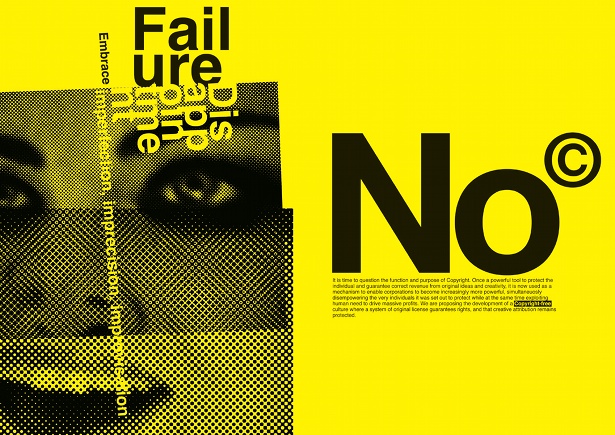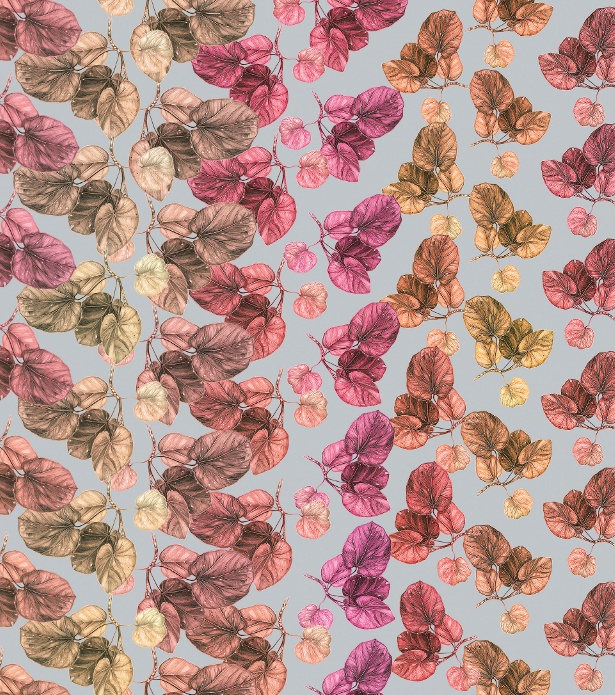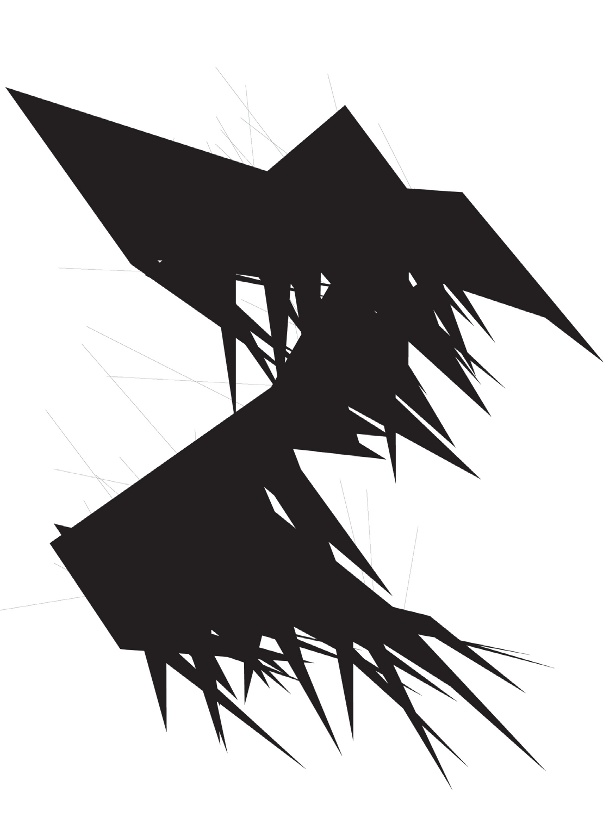Trend report: Designing failure
From generative design to glitch art, many creatives are sacrificing control in favour of beautiful randomness. It may not always work, but failure can be a great teacher

Failure’s efficiency
Even though the idea of starting over again can be off-putting, one of the upsides to failure is that it can actually save time in the long term. If a designer fails in the first stage of their process, then the sooner they can learn from their mistakes. Jamie Brasset, head of the MA Innovation Management at Central St. Martins, says: “Prototyping allows innovators to make decisions quickly, to test quickly and, when that fails, the learning can be allowed quicker.”
The Mestakes and Manifestos exhibition, part of the 2010 Anti-Design Festival, highlighted the creative outcomes that can arise from making mistakes. Curated by David Charney, director of London-based creative consultancy From Now On, its mantra stated that: “Manifestos are calls to action, inciting response, setting principles and direction, responding to the past and conceiving the future, proudly declared and highly desirable to those who create them. They are briefs. Mistakes, on the other hand, are unwanted results. Together they hold the creative process from opposing sides.”
However, Marco Federighi, sub-dean of the faculty of engineering sciences at University College London, thinks failure must be married with a diversity of approaches to be of use. “Failure saves resources and time only if different possible solutions are tried in parallel by different people,” he explains. “I don’t believe trial and error by the same people, done sequentially, saves any time.”
In addition, Brasset argues that failure needs to be incorporated into the academic curriculum. More often than not, the fear of failure is reinforced by punishments in school. “Trial and error isn’t encouraged in an educational context because it revolves around passing.” he says. It is education’s failings in encouraging failure that spurred Brasset to create The Uncertainty Project. He explains: “It shocks the students when they first fail, but the purpose is to help them deal with uncertainty and risk, and learn from those failures. It reinforces the importance of making decisions and iterating learning into the process.” And if they don’t fail, then they don’t pass.
Young designers in particular need to experiment and learn through trial and error, according to Michael Bojkowkski, graphic designer and head of OK Interrupt. “It’s the only time you are allowed to fail without direct commercial consequences,” he argues. “That’s why I believe it’s imperative for designers to maintain side projects as their careers progress if they want their work to progress as well.” Perhaps the greatest lesson to be learnt from failure is that trial and error is freedom. Failure gives us a chance to start anew, and get one step closer to a viable idea.

Anti-mass manufacturing
The anti-mass-manufacturing movement is gaining popularity. Designers have begun intervening with the production process by introducing errors during manufacturing to create one-off, artistic pieces.
For example, imperfections are built into Dutch designer Pieke Bergmans' Unlimited ceramics range. Using clay and an extrusion machine, Bergmand developed a simple intervention to the manufacturing process, producing a vase that was able to be mass-produced, yet remain unique.
Jeremy Hutchison’s Err Project, launched in 2011, went a step further. He contacted various factories around the world and asked if one of their workers would produce an ‘incorrect’ version of the product they make every day, insisting that the error should render the object dysfunctional and that the factory worker should choose what error to make. Through this process, functional objects were transformed into works of art. The results included a shovel with its handle inverted and a pipe with no space for tobacco. Hutchison also kept all of the correspondence with the factories as part of the project.
The appeal of error
This trend isn’t just being pushed by designers – consumers are also buying into the aesthetics of failure. In an increasingly homogenised world, people want items that are individual, different and reflect the natural diversity of life.
For example, errors gave rise to the Korpus typeface, designed by Michael Mischler and Nik Thoenen from Swiss font label Binneland. It is based on a careful analysis of inaccuracies prevalent in print images from early 20th century fonts, giving it highly individual characters as well as a sense of a physical act involving cut type.
Another failure pioneer is Edward Vince, director of studio Vince and Son, who has set out to develop a range of products called Fast Craft, which merge customisation with the aim of highlighting the value of mistakes. The consumer can purchase a kit that comes broken, which they then have to fix in order to put it together and create the object.
“Fast Craft encourages you to make mistakes by being forced to put the kit together in whatever way you think it should work,” he explains. “It leaves room for error, so the end product has a unique touch. Fixing something creates a bond between yourself and the object. It’s also satisfying to make something work that didn’t work before.”
He adds: “Fast Craft is essentially a rejection of mass production processes – it’s a DIY solution for building something personal, imperfect and inevitably unique. Kind of like people.”

Generative processes
As designers and artists are embracing failure, they are increasingly inviting mistakes and errors in efforts to challenge traditional approaches to creative processes. Generative design, in which designers get to set the rules and parameters to make an algorithm, is becoming the process of choice for many, as it creates various different iterations of graphic products.
FIELD, a London-based studio for digital art and graphic design, prides itself on its generative processes. Headed up by Marcus Wendt and Vera-Maria Glahn, it uses computational design, interactive technology and generative strategies to produce original outcomes with “a life of their own”. One of its most notable projects involved paper manufacturer GF Smith. It produced 10,000 unique digital paintings for their Print Test brochure, featuring a different view on a hyper-complex sculpture.
Generative design processes are not just limited to digital media, either. Conditional Design, a collective based in the Netherlands, uses generative processes for analogue purposes. They work together to experiment in projects such as Custom Rules; a collaborative drawing activity dictated by a set of rules that results in a collection of graphic patterns. Collaborators use a variety of analogue generative processes to search for unexpected, yet correlative, emergent patterns.
Generative processes allow creative output to vary each time, rebelling against the concept of having control over an entire creative process. Federighi sees unintended consequences at the heart of any experimental process. “They open up avenues that have not been considered before and that’s crucial for creative endeavours,” he says.

Daily design news, reviews, how-tos and more, as picked by the editors.

The Creative Bloq team is made up of a group of art and design enthusiasts, and has changed and evolved since Creative Bloq began back in 2012. The current website team consists of eight full-time members of staff: Editor Georgia Coggan, Deputy Editor Rosie Hilder, Ecommerce Editor Beren Neale, Senior News Editor Daniel Piper, Editor, Digital Art and 3D Ian Dean, Tech Reviews Editor Erlingur Einarsson, Ecommerce Writer Beth Nicholls and Staff Writer Natalie Fear, as well as a roster of freelancers from around the world. The ImagineFX magazine team also pitch in, ensuring that content from leading digital art publication ImagineFX is represented on Creative Bloq.
